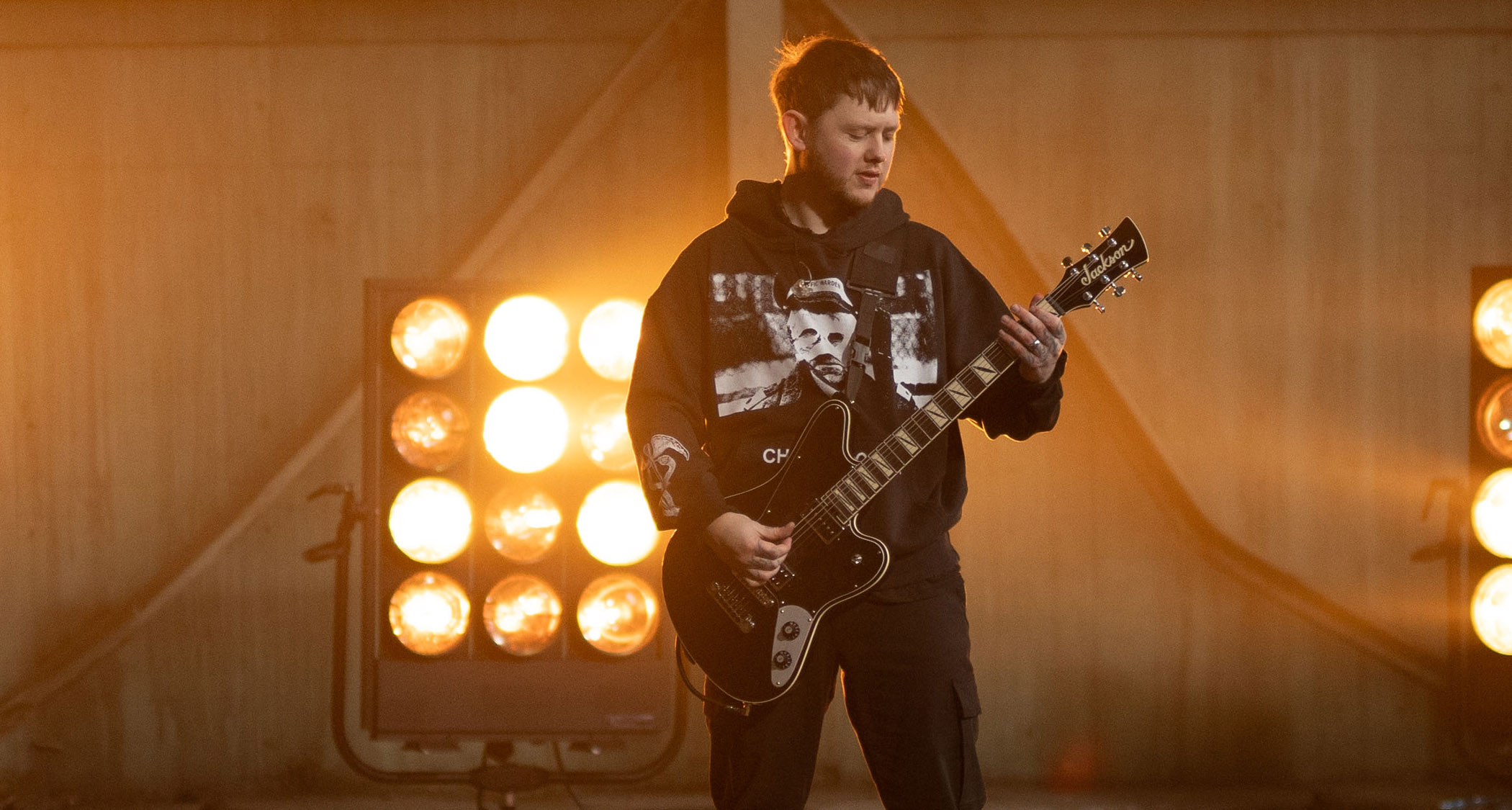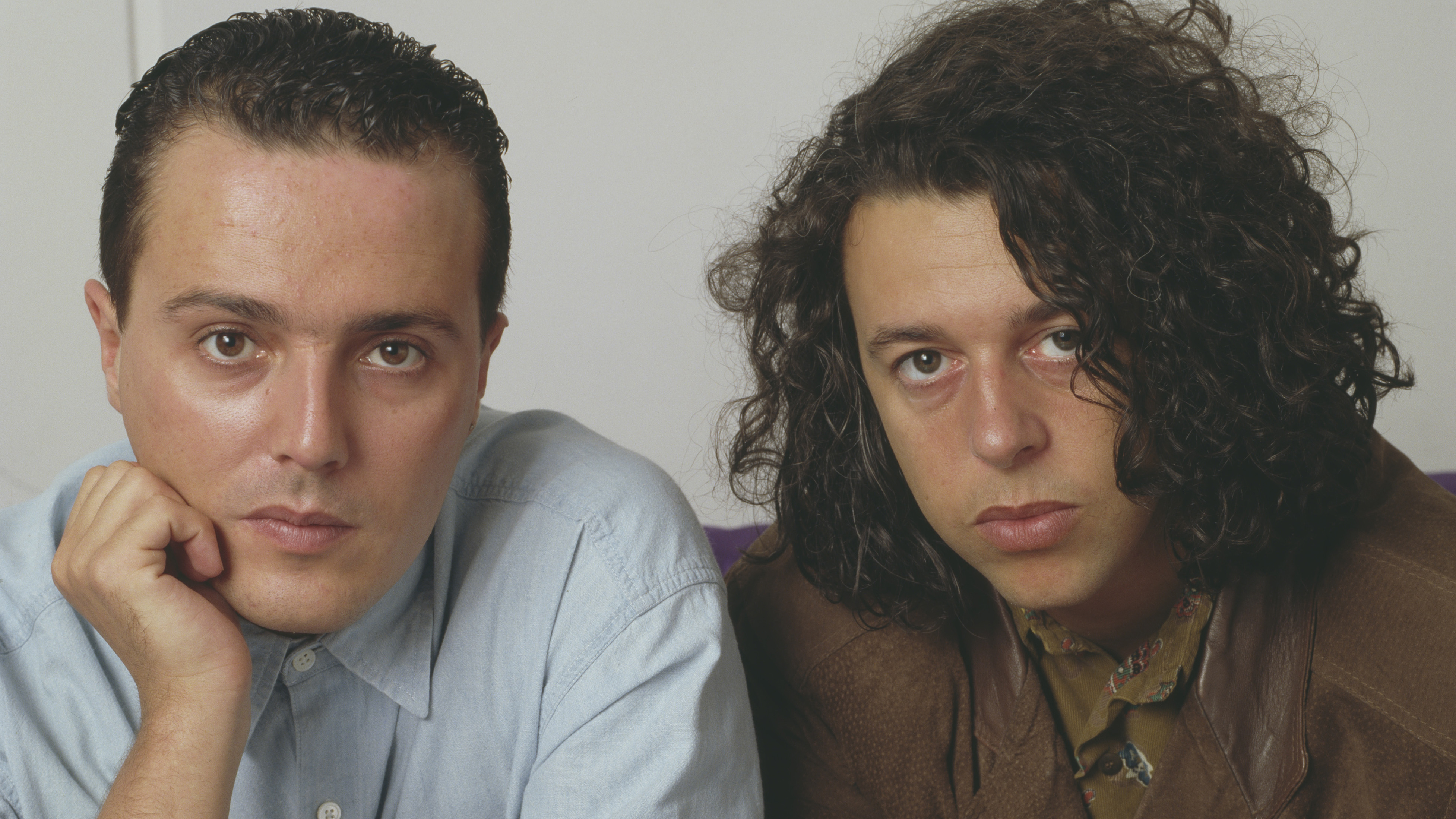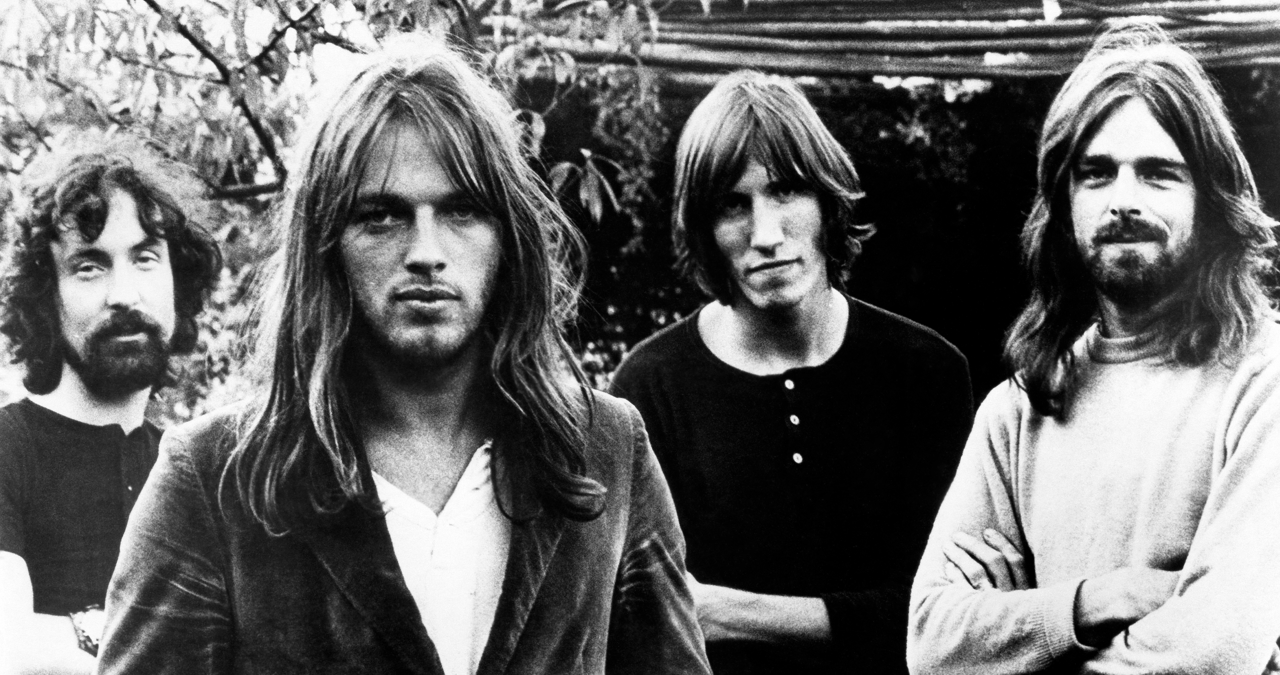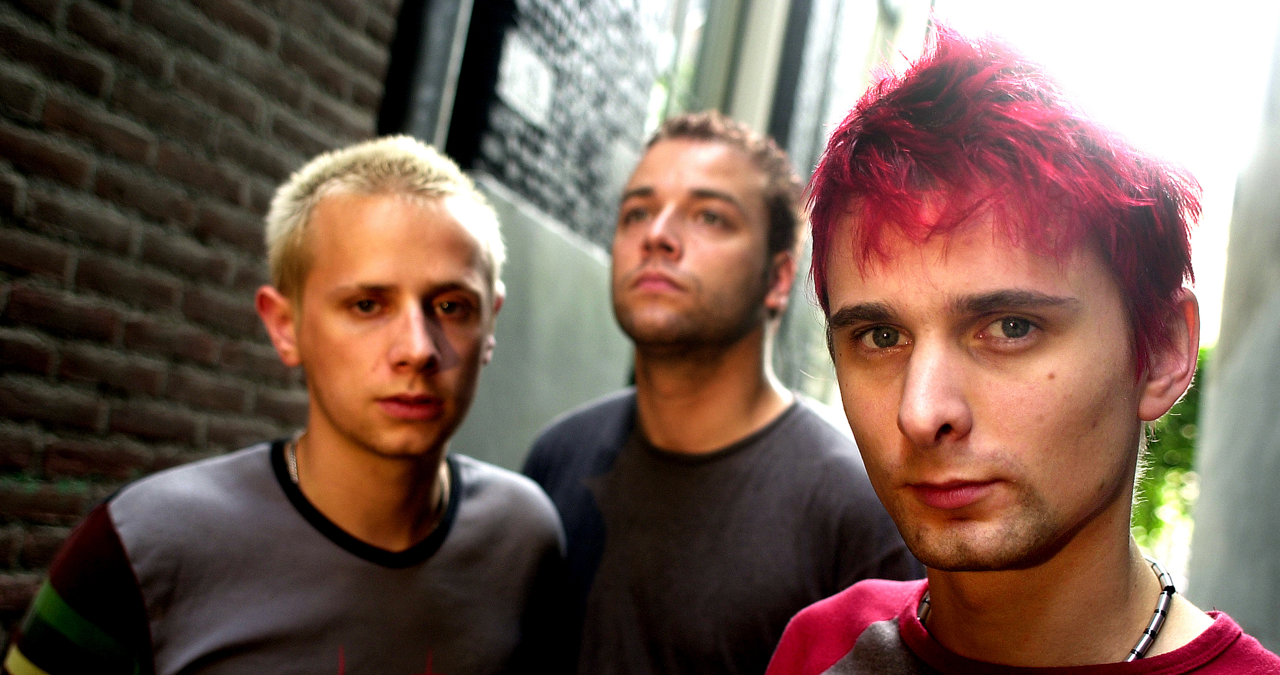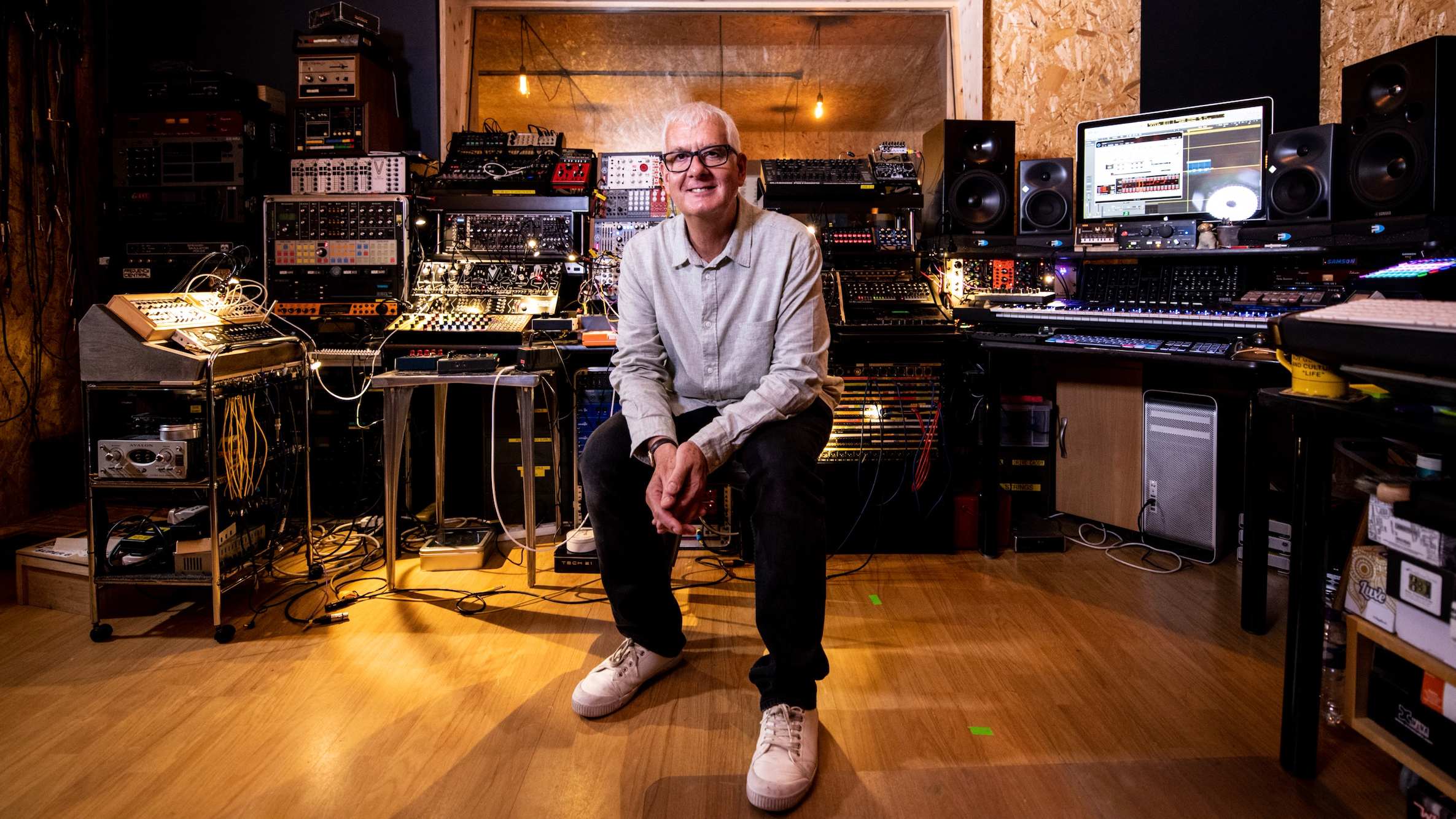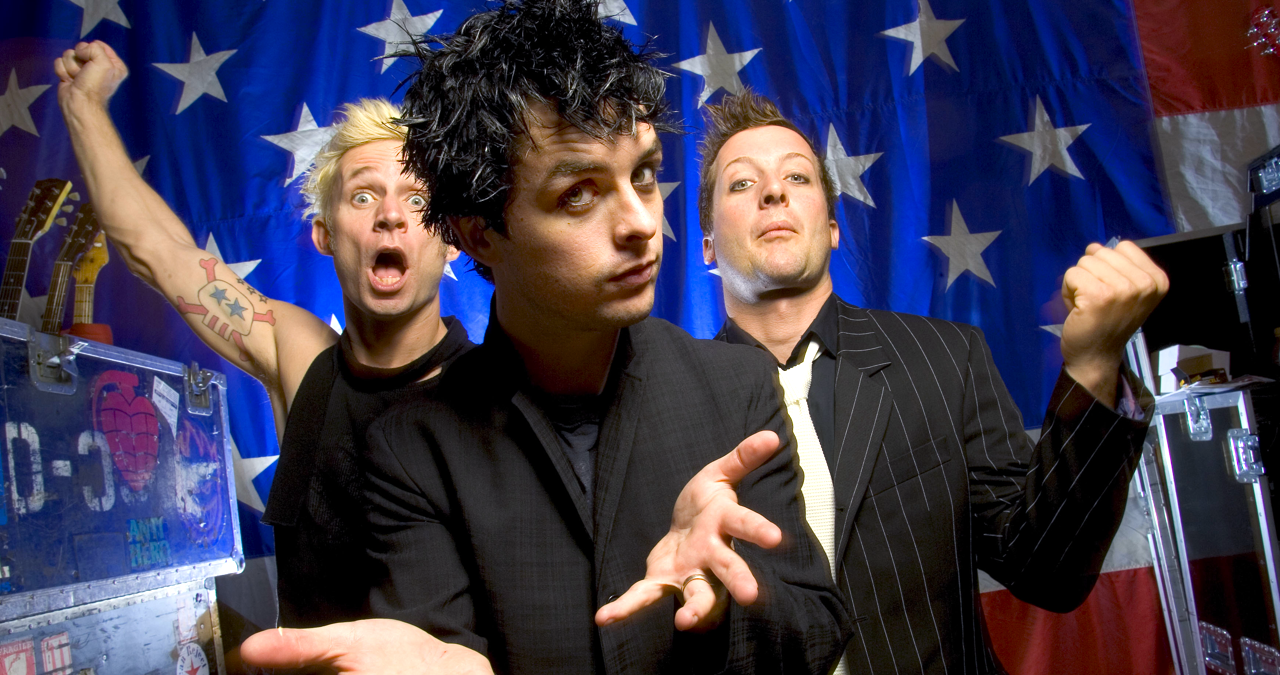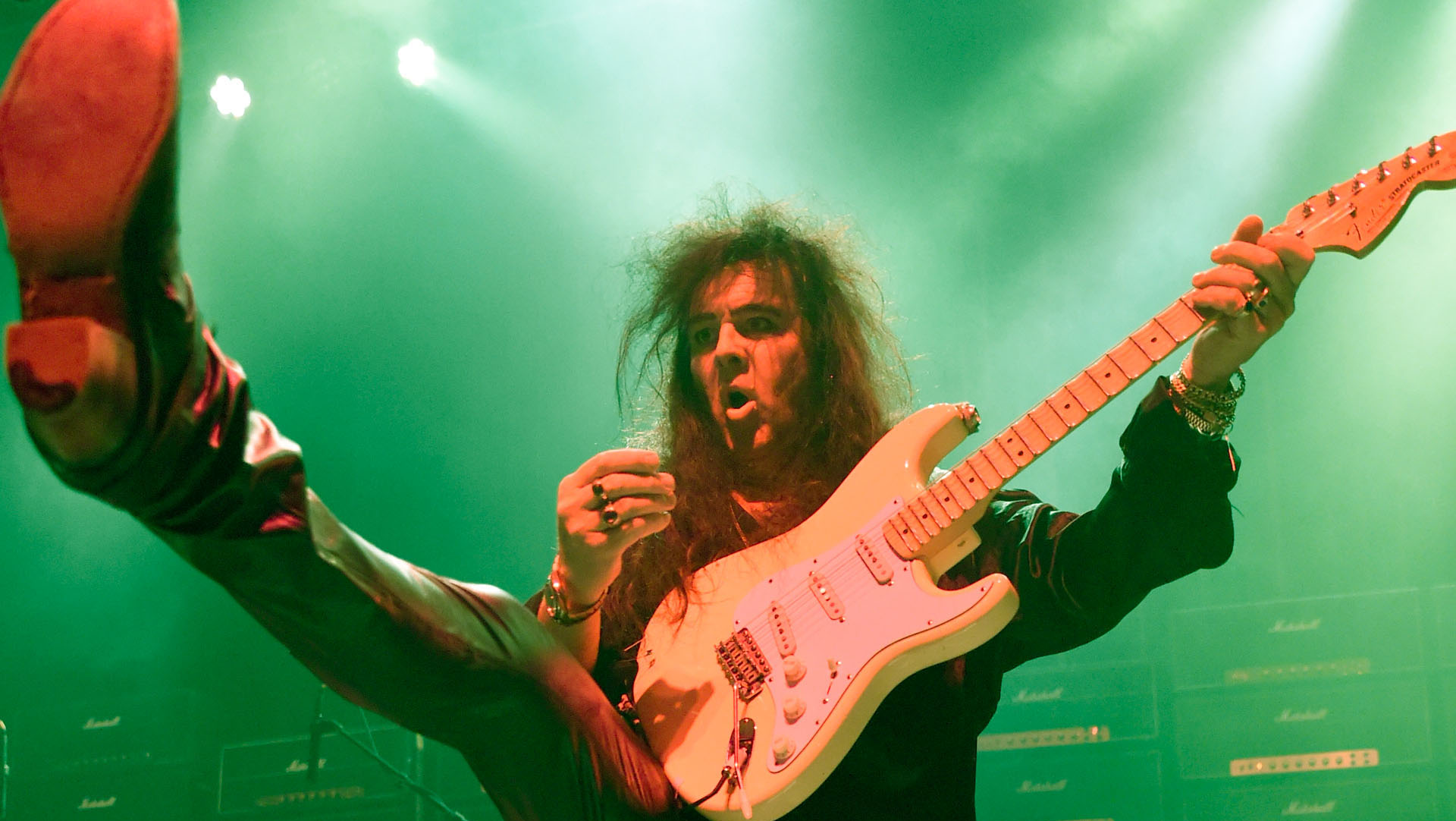“I have an original 909 – every time I try to use it I feel like I’m ruining it”: House hero Riva Starr on his studio essentials and his love of analogue synths
The prolific Italian house and techno producer shows us the gear behind Keep Me on the Dancefloor

Naples-born, London-based producer Stefano Miele is a staple of the modern club scene. A prolific DJ and producer, he’s released tracks, remixes and albums across a host of aliases and labels, touching on everything from late-night techno to disco-inflected pop.
Miele is probably best known for his output as Riva Starr, the house-focused alias that he’s recently returned to for his latest album, Keep Me On The Dancefloor. The collaboration-heavy album was born out of writing sessions with a host of musicians, vocalists and producers, and then pieced together in Miele’s hardware-focused London studio.
At the heart of the setup is Ableton Live, although, as he explains when we visit him in the studio, that’s used almost exclusively for recording.
“I'm not using that many plugins because I feel I start losing myself behind all the processing,” he says. “I quite like the sound to be good from the start, so I do a lot of work beforehand. That way I don't have to use that much of [Ableton Live's] internal processing, unless I want to just intervene with some EQing or sound shaping effects.”
Ahead of the album’s release, we sat down with Riva Starr to talk about his studio and some of his hardware essentials.
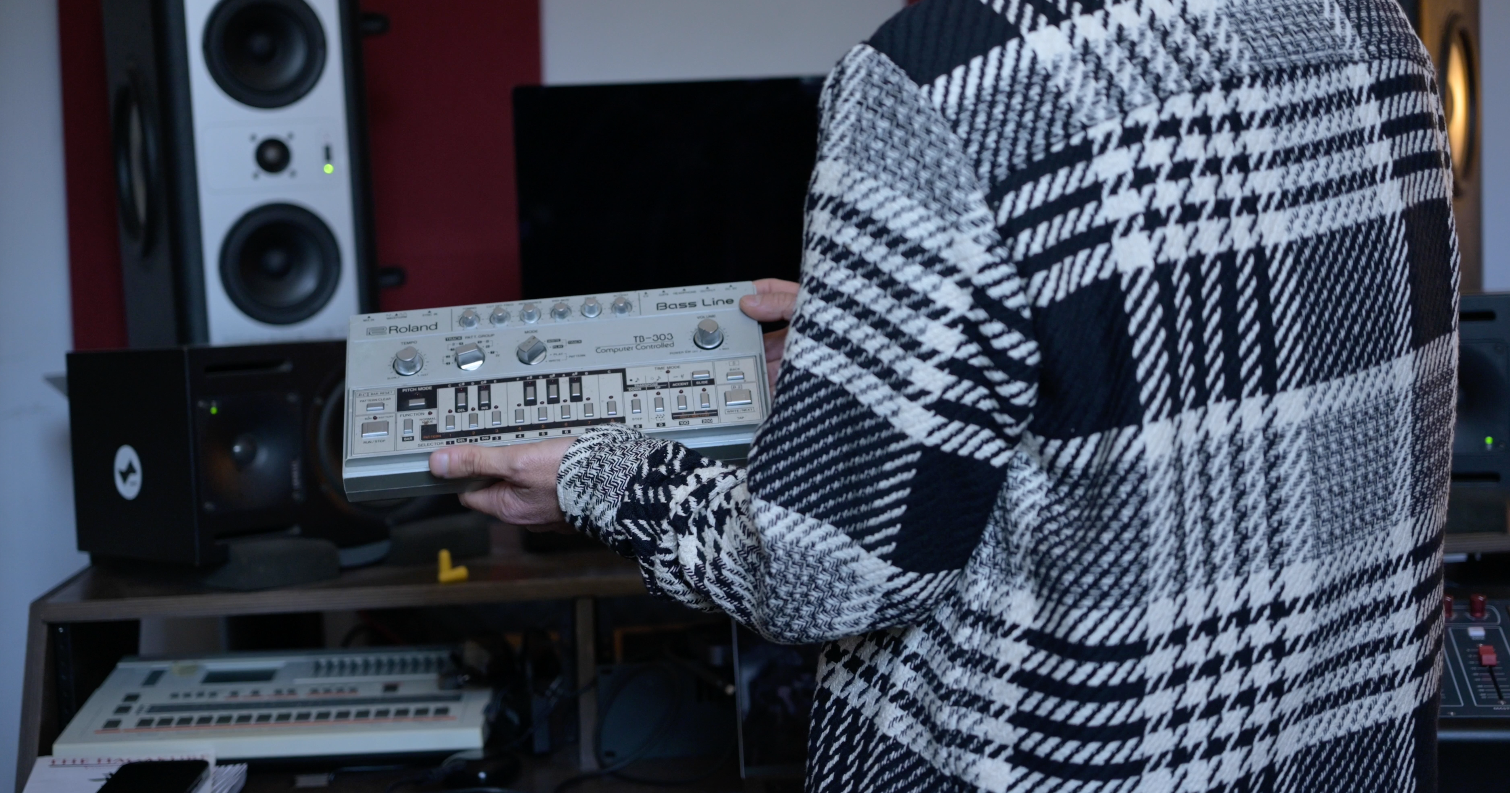
Roland classics
“I have some of the Roland originals, like the TB-303,” Miele explains, showing us his bassline machine, which is missing a cover for the battery compartment. “I got something like £600 discount because that was missing. I was like, that's fine. No one will see it unless I show it like I'm doing now.
“I have a few drum machines, like the 707. I have the original 909 but as it's in nearly brand new condition every time I try to use it, I feel like I'm ruining it. I'm just keeping it as a collection item.”
Get the MusicRadar Newsletter
Want all the hottest music and gear news, reviews, deals, features and more, direct to your inbox? Sign up here.
Instead, Miele uses a replica SR-909 machine produced by Steda Electronics. This adds distortion for the kick and pitch control for the clap and hi-hat, as well as adding MIDI. In our video Miele shows us how he uses it to drive his SH-101, sending the rim shot to trigger the 101’s sequencer.
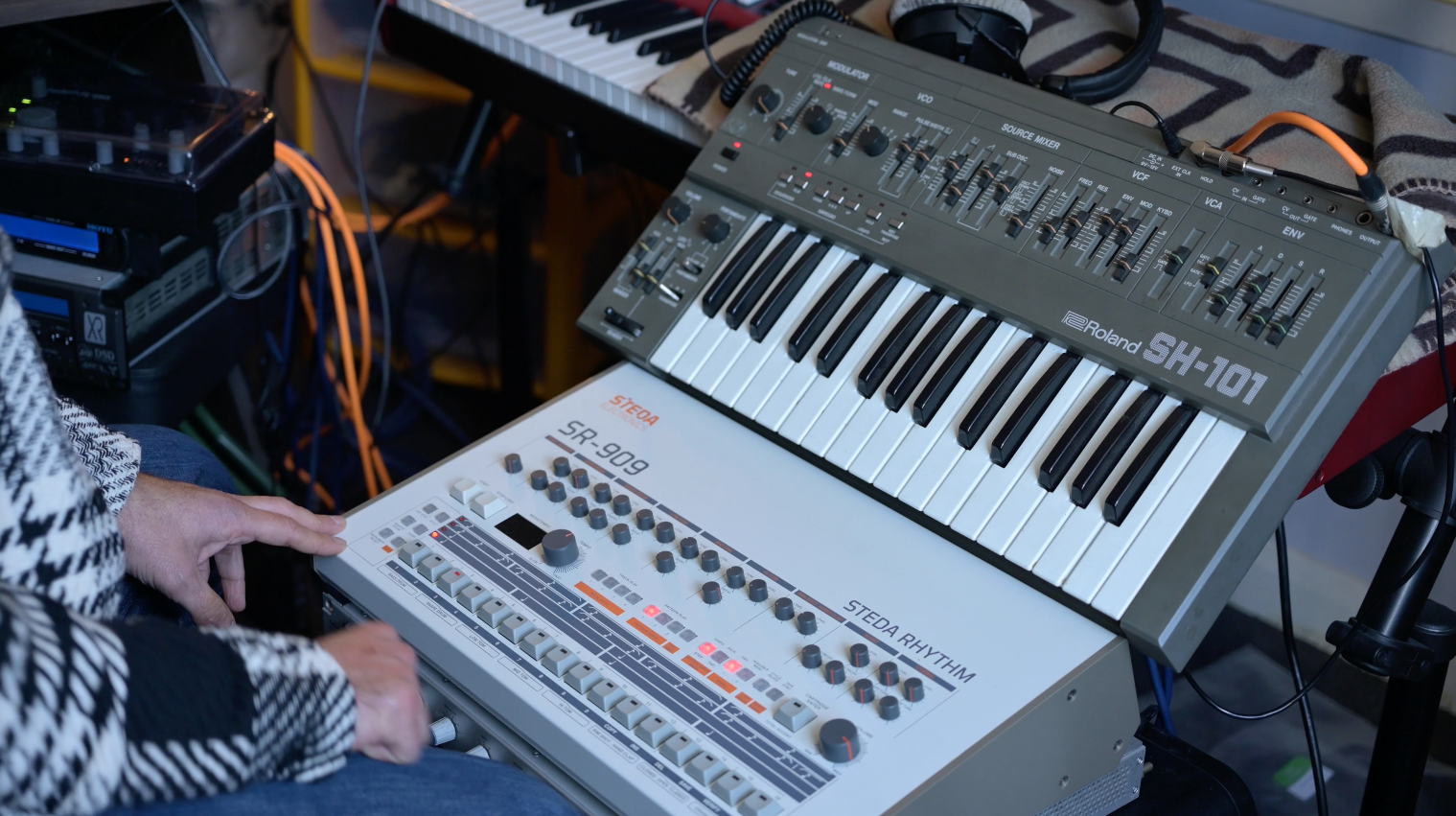
The SR-909 isn’t the only Roland emulation in the studio, his rack of synths also includes Roland’s own Juno-X, a modern keyboard that uses the company’s Zen-Core technology to replicate multiple classic Junos.
“I also have the original Juno-106, and every now and then I still like to play with the original because it's got that vintage feel that I still like,” he tells us. “But the quality of this one is amazing, and I've been using it a lot.”
Synths and keyboards
Beyond the Roland classics, Miele’s studio also features a variety of other synths from across multiple eras, only a few of which are ever plugged in at any one time.
“I have a bunch of keyboards, a lot even under the sofa because I don't have space,” he says. “I like to not patch them all at once, just have them as moving parts can be more creative.
“Sometimes I feel like I get stuck, if everything is patched and organised, I feel like you get into this routine and you end up repeating yourself. If I change positions, it makes everything a bit more dynamic, It works better for me in terms of creativity.”
Currently connected in the studio, alongside the Juno-X is a rack of synths including an Oberheim OB-6.
“I use this when I want to get some raw sounds,” he explains. “It's a bit more aggressive than the Prophet but very good. I did a lot of tracks from the Curveballs album that was out on Truesoul through the OB-6."
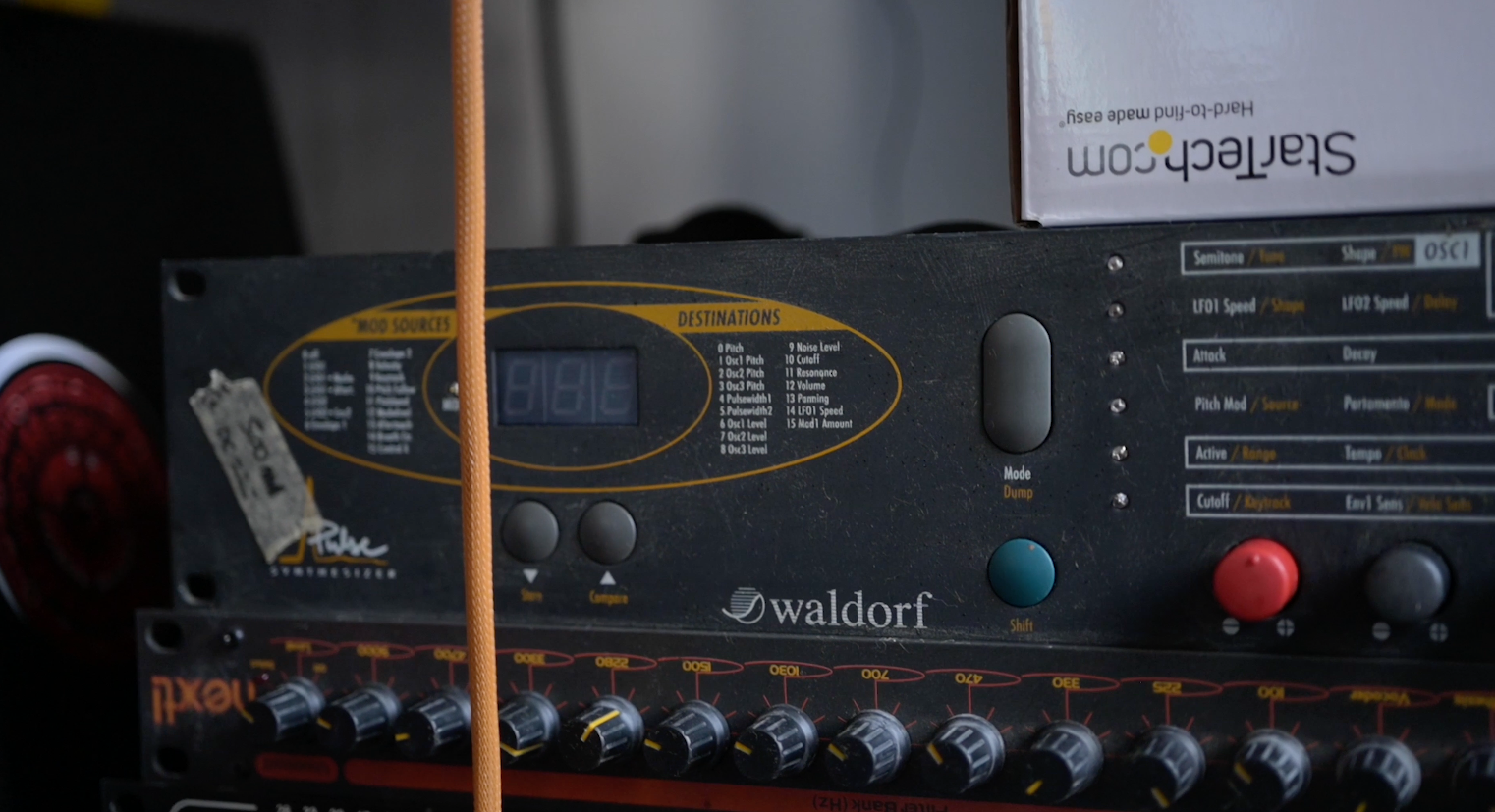
Miele also has a Nord Stage 4 keyboard, which was added to the setup specifically for working on collaborations.
“I bought that expressly for the musicians that were coming in to do sessions,” he tells us. “It's an amazing synthesizer, mainly made for, I suppose, live performances. But it's perfect for the studio as well. You have different sections – you can do organs, piano, synth, and you have an effect section as well. You can layer all of them and it's just amazing. There are some great sounds in there.”
A few other classic machines also stay in regular rotation.
“I have a Waldorf [Pulse]” he tells us. “It has amazing bass. I really love using some of the leads and bass from here. It's an old machine, but still delivering and it never gets stale or old. I also sometimes use the Moog Minitaur for bass,. It's pretty nice for leads as well.”
Watch the full studio tour in the video above or on our MusicRadar Tech YouTube channel, in which Miele also talks us through his hardware effects and mixers, and demos how he jams with hardware in the studio.
Keep Me On The Dancefloor by Riva Starr is out 24 April via Snatch!
I'm the Managing Editor of Music Technology at MusicRadar and former Editor-in-Chief of Future Music, Computer Music and Electronic Musician. I've been messing around with music tech in various forms for over two decades. I've also spent the last 10 years forgetting how to play guitar. Find me in the chillout room at raves complaining that it's past my bedtime.
You must confirm your public display name before commenting
Please logout and then login again, you will then be prompted to enter your display name.
“I feel like that song had everything we needed to come back with”: Bring Me The Horizon’s Lee Malia on Shadow Moses, its riff and the secrets behind its tone, and why it was the right anthem at the right time
“I said, ‘Are we sure we can write a song about death?’”: The story of Mike + The Mechanics' classic No.1 The Living Years
